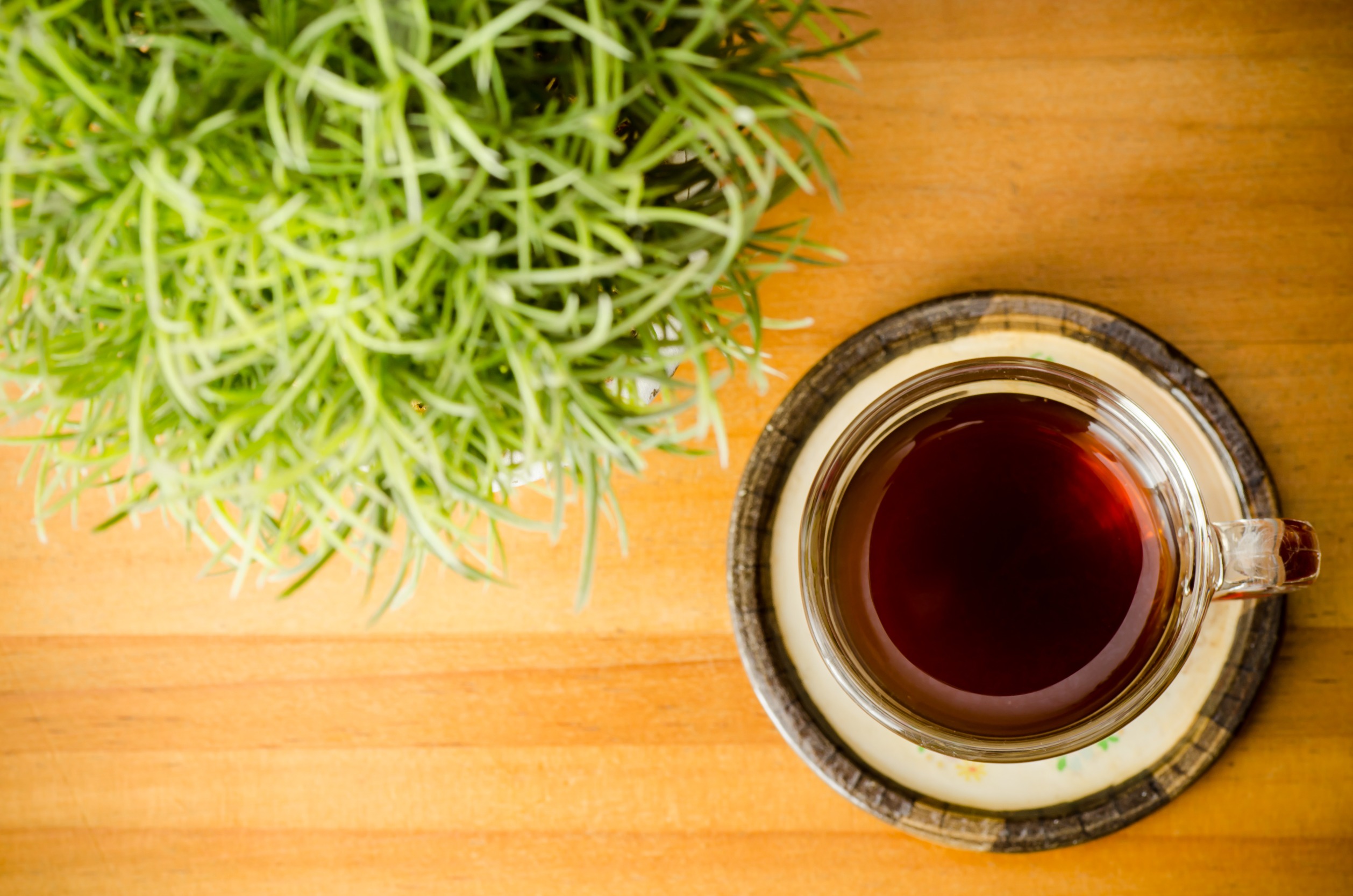BY THE OPTIMIST DAILY EDITORIAL TEAM
Green tea has long been regarded as one of the healthiest beverages for life and vitality, but another earthy alternative is quietly gaining popularity: pine needle tea. This delicious drink, which is high in antioxidants, vitamins, and minerals, has been loved by people of all cultures for generations. Pine needle tea, with its woodsy and somewhat sweet flavor profile, not only tantalizes the taste buds but also provides numerous health advantages.
Curious as to what makes this tea so special? Let’s go into the benefits, flavor, and how to make the best cup of pine needle tea.
What is pine needle tea?
Pine needle tea is exactly what it sounds like: a brew produced by steeping edible pine needles in hot water. It has extensive origins in Indigenous civilizations in North America, particularly in what is now known as Canada, where it was utilized for medical purposes. It is also popular in Japan, Korea, China, and Russia. According to registered dietitian Kate Spurgin, RDN, LDN, some typical edible pine species are eastern white pines, Douglas firs, and Japanese red pines. However, not all pines are safe to eat, such as potentially dangerous ponderosa pines and yew trees, so get to know your trees or stick to reputable, store-bought ones.
What does pine needle tea taste like?
Pine needle tea has a distinct flavor that changes with the age of the needles used. “Mature pine needles produce a light, mildly sweet tea with earthy undertones and a lingering pine flavor,” says Spurgin. Younger needles picked from the tree’s spring tips have a more flowery scent, with citric undertones and a mild bitterness. No matter which variation you choose, pine needle tea is a delightful, nature-inspired beverage.
4 major benefits of pine needle tea
1. An excellent source of vitamin C
One of the most appealing aspects of pine needle tea is its high vitamin C content. Pine needle tea was once used to treat scurvy, a severe vitamin C shortage before modern food preservation made fresh vegetables available all year. Spurgin says, “Vitamin C is an essential antioxidant that plays a key role in healing injuries, maintaining healthy skin, and supporting the immune system.”
2. Rich in antioxidants
In addition to vitamin C, pine needle tea contains vitamin A, which helps with vision and immunological function. According to Spurgin, the tea also includes flavonoids, strong plant components known to prevent oxidative cellular damage, potentially lowering the risk of chronic illnesses such as heart disease and cancer.
3. Anti-inflammatory properties
Pine needle tea has demonstrated promising anti-inflammatory properties, which may aid in the management of inflammation-related illnesses. Spurgin cites a 2021 study that discovered extracts from a specific variety of pine (Pinus taiwanensis) have potent anti-inflammatory and anti-aging effects. While additional research is needed to properly understand these effects, preliminary findings indicate that regular consumption of pine needle tea may help to reduce inflammation in the body.
4. Promotes brain and heart health
Pine needle tea contains flavonoids, which may provide cardiovascular and cognitive advantages. According to Spurgin, these substances can lower blood pressure, promote heart health, and improve cognitive function. Regular use of this tea may be a simple strategy to improve heart and brain health over time.
How to make pine needle tea
Making pine needle tea is simple and versatile. If you’re new to foraging, it might be better to stick to a pre-blended version from a reliable supplier. Spurgin emphasizes the importance of sourcing teas from wild places away from industrial pollutants in order to prevent dangerous chemicals such as PFAS, which have been linked to immunological problems and cancer.
For individuals who want to forage their own pine needles, it is critical to do so under the supervision of an experienced forager who can ensure you are selecting an edible kind. After gathering your needles (or opening your store-bought blend), here’s how to brew it:
1. To maintain the tea’s nutrients, heat the water to a hot but not boiling temperature.
2. Steep ½ to ¾ cup pine needles in four cups of water for 10-15 minutes, depending on the desired taste intensity. The tea is done when it turns pale yellow.
Serving it iced is a milder, more refreshing option. You can also combine it with different teas to create a flavor profile that suits your preferences. Spurgin suggests customizing your cup with honey, lemon, or milk. The more pleasant it is, the more likely you are to drink it on a regular basis and get the benefits of its health-promoting components.
Who should avoid pine needle tea?
While pine needle tea is generally harmless for most individuals, those who are allergic to pine or conifers should avoid it. Pregnant and breastfeeding women, as well as those with underlying health concerns, should consult a doctor before incorporating it into their daily routine, as research on the effects of pine needle tea in humans is still limited.
A tasty, healthy alternative to green tea
Pine needle tea is more than simply an earthy alternative to green tea; it’s a nutrient-dense brew with numerous potential health advantages. Whether you scavenge for your needles or purchase a carefully sourced blend, this nature-inspired beverage may become your new fall favorite for a healthy, calming tea experience.












